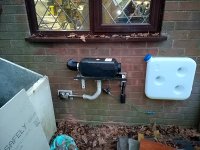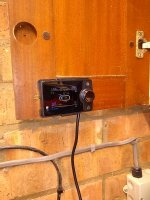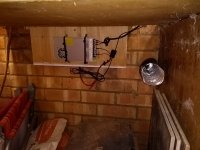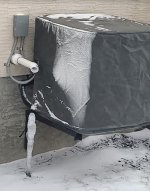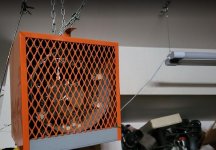bobtskutter
Member
How do you heat your workshop?
I've just connected a diesel heater to heat my garage. The controller works like a proper thermostat, once it's reached the set point the heater switches off, then on again when it cools down a bit. There's no insulation in the garage but once I fit some I think the heater will do quite well.
If you have a wood burning stove what type of stove is it and how is the flue arranged? Are you using a workshop stove with a long un-insulated flue to warm the space?
Are you using something different, propane, electric waste oil. Or do you just tough it out and put up with the cold.
I'd love to hear how other people have got their workshops heated.
regards
Bob
I've just connected a diesel heater to heat my garage. The controller works like a proper thermostat, once it's reached the set point the heater switches off, then on again when it cools down a bit. There's no insulation in the garage but once I fit some I think the heater will do quite well.
If you have a wood burning stove what type of stove is it and how is the flue arranged? Are you using a workshop stove with a long un-insulated flue to warm the space?
Are you using something different, propane, electric waste oil. Or do you just tough it out and put up with the cold.
I'd love to hear how other people have got their workshops heated.
regards
Bob

